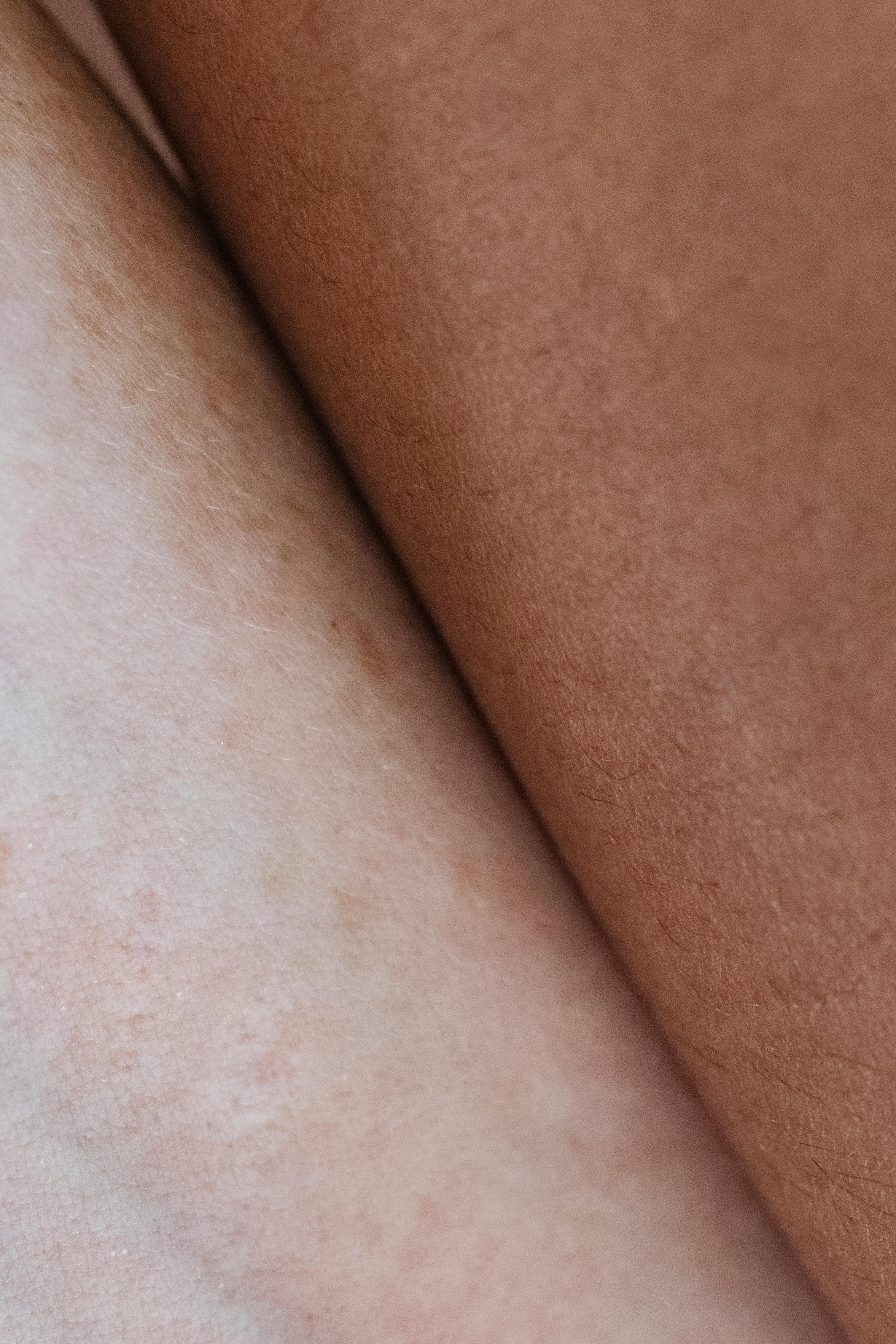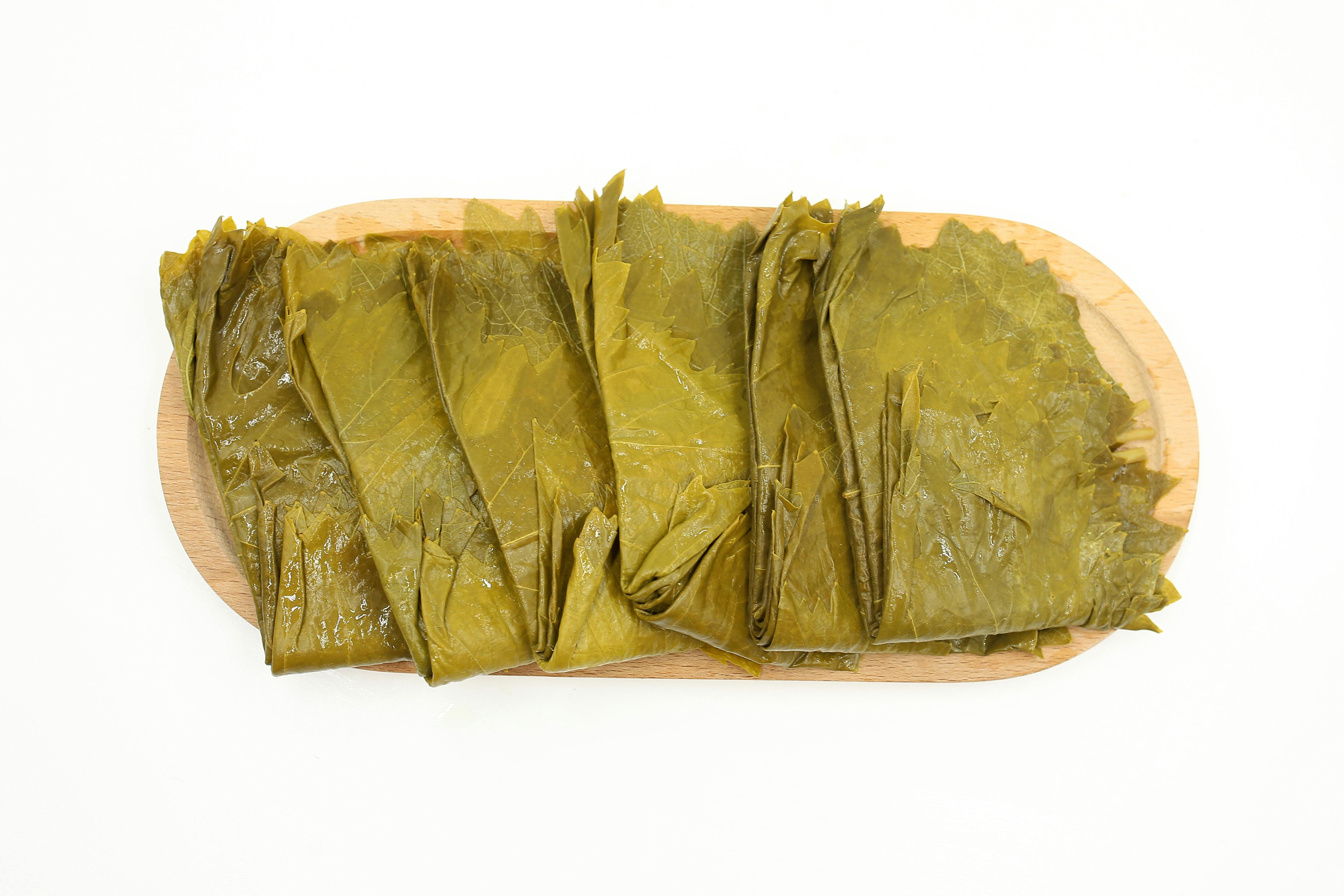
Effective Ways to Optimize Your Turtle Diet for Better Health in 2025
Turtles are remarkable creatures with unique dietary needs that directly affect their health, growth, and overall well-being. Whether you are a seasoned turtle owner or a newcomer, understanding how to provide the best turtle diet is essential for keeping these fascinating pets healthy and thriving. In 2025, optimizing your turtle's diet involves considering various aspects, such as nutritional balance, food variety, and appropriate meal frequencies. By ensuring your turtle receives optimal nutrition, you can enhance its quality of life and longevity.
In this article, we'll explore the best practices for a turtle diet, which includes insights on turtle food types, nutritional requirements, and feeding schedules. You'll learn about the importance of incorporating fresh fruits and vegetables, high-quality turtle pellets, and the right protein sources in their meals. Additionally, we will cover special considerations for different turtle species, including aquatic turtles and box turtles, as well as how to adjust your feeding strategies to accommodate your pet's specific dietary preferences.
Finally, we will provide practical tips on common mistakes to avoid, the significance of vitamins and calcium for turtles, and the best feeding habits that can lead to a healthier pet. Dive into this comprehensive guide to discover how to optimize your turtle's diet for better health in 2025!
Essential Guide to Turtle Feeding Routines
Building on the fundamentals of turtle care, understanding proper feeding routines is critical for maintaining your turtle's health. Establishing a structured feeding schedule helps in balancing their dietary needs while preventing overfeeding or malnutrition.
Understanding Your Turtle's Feeding Schedule
Establishing a consistent feeding schedule aids in regulating your turtle's metabolism and digestive function. For most turtles, especially aquatic species, meals should be provided every other day. Adult turtles typically require less frequent feeding than hatchlings or growing juveniles. It is crucial to consider their size, age, and species when determining how much to feed your turtle.
Optimal Portion Sizes for Healthy Growth
To avoid under or overfeeding your turtle, learning to gauge the appropriate portion sizes is vital. The rule of thumb is to feed them an amount of food that is roughly equivalent to the size of their head. Incorporating a mix of pellets, vegetables, and occasional fruits can ensure they receive a balanced diet.
Adjusting Feeding Intervals During Growth Stages
For baby turtles, feeding should occur daily due to their high nutritional needs. As turtles reach adulthood, their feeding routine can shift to every other day. Understanding these stages of growth and adjusting feeding intervals accordingly will help promote optimal turtle weight management and health.
Variability and Food Rotation
Introducing variability in your turtle's diet is essential to ensure they receive a broad spectrum of nutrients. Mixing common turtle food types, such as commercial pellets, leafy greens, fruits, and occasional protein sources like insects or fish, can prevent dietary deficiencies. This strategy also keeps your turtle engaged and happy while eating.
Top Nutritional Elements for Turtles
With these basics established, it’s essential to delve into the individual nutritional elements that cater to a healthy turtle diet. A balanced turtle diet consists of proteins, carbohydrates, fats, fibers, vitamins, and minerals while considering specific dietary preferences.
Nutritional Value of Turtle Food
The nutritional value of turtle food varies widely, especially between commercial and homemade options. High-quality turtle pellets are often carefully formulated to provide the right balance of nutrients, including calcium for shell health and vitamins for overall wellness. Understanding the composition of turtle food helps in making informed decisions about their diet.
Calcium and Its Importance for Turtles
Calcium is crucial for turtles to maintain a strong shell and skeletal system. Insufficient calcium intake can lead to shell deformities or metabolic bone disease. Including calcium-rich foods such as leafy greens, cuttlebone, or specialized supplements can help meet their calcium requirements effectively.
Protein Sources for Different Turtle Species
Different species of turtles have varying protein needs. Aquatic turtles, for instance, thrive on protein-rich foods like fish, insects, and specific turtle pellets designed for their dietary requirements. In contrast, box turtles benefit from a diet inclusive of earthworms, snails, and other protein-rich natural foods. Evaluating and adjusting protein sources based on your turtle's species ensures they receive adequate nutrition.
Essential Vitamins for Optimal Turtle Health
Vitamins play a significant role in overall turtle health. Key vitamins like A, B, D, and E aid in developing robust immune systems and combating diseases. Providing a varied diet that includes fresh fruits, vegetables, and vitamin supplements as needed can help maintain your turtle's health. Additionally, ensuring exposure to ultraviolet (UV) light is crucial for synthesizing vitamin D in turtles, promoting healthy calcium absorption.
Best Food Types for Turtles
Transitioning from general nutritional needs, discussing specific food types is essential for crafting the perfect turtle diet. Choosing the right combination of food types will cater to your turtle’s unique dietary needs while also providing variety.
Common Turtle Food Options
When selecting turtle food, it's beneficial to have a range of options. Common turtle food types include turtle pellets, fresh leafy greens, fruits, and protein sources. Using commercial turtle diets that meet AAFCO standards can simplify feeding decision-making by ensuring nutritional completeness.
Best Vegetables and Fruits for Turtles
Leafy greens like kale, romaine lettuce, and dandelion greens are excellent staples in a turtle's vegetable diet. For fruits, safe options like strawberries, blueberries, and small pieces of melon can be included as treats and sources of natural sugars. Always ensure that fruits and vegetables are fresh, as wilted or spoiled foods can harm your turtle’s health.
Homemade Turtle Food Recipes
A great way to ensure your turtle receives a nutritious diet is by preparing homemade turtle food. Simple recipes incorporating vegetables, fruits, protein sources, and calcium supplements can provide the right nutritional balance. Just ensure the recipes cater to your specific turtle species’ requirements and preferences.
Commercial Turtle Food Brands Comparison
When searching for the best turtle food brands, it's essential to compare ingredients and nutritional profiles. Look for brands offering high protein content and a balance of vitamins and minerals essential for your turtle's health. Reading reviews and testimonials from other turtle owners can guide you towards reputable products.
Understanding Turtle Dietary Needs for Different Species
This naturally leads us to the distinct dietary needs of various turtle species. Each species may have unique feeding habits, preferences, and nutritional requirements, necessitating tailored dietary plans.
Box Turtle Diet Essentials
Box turtles typically enjoy a mix of plant-based foods and proteins. Incorporating a variety of leafy greens, fruits, and insects can create an optimal diet for these land-dwelling turtles. It's essential to limit high-protein foods as too much protein may lead to health issues in box turtles.
Aquatic Turtle Diet Specifics
Aquatic turtles, on the other hand, require a diet rich in protein. Incorporating fish, commercially-prepared pellets, and live insects will ensure that they receive the nutrients necessary for growth. Additionally, integrating calcium-rich foods will keep their shells healthy and strong.
Softshell Turtle Diet Considerations
Softshell turtles have unique dietary needs, focusing primarily on protein-rich foods such as fish and insects, but they also benefit from some plant matter. Providing a well-rounded diet can aid in the growth and maintenance of their soft shells.
Feeding Turtles in the Wild
Understanding wild turtle diets can also inform how we feed pet turtles. Turtles in the wild eat a variety of foods available in their habitats, which juxtaposes the more fixed diets of captive turtles. This knowledge encourages a diverse selection of food that mimics their natural diets, benefiting health.
Turtle Care Tips for Optimal Health
With a profound understanding of turtle diets, we can now delve into essential care tips to ensure your turtle thrives. Proper food management and environment play crucial roles in your turtle's health.
Maintaining Water Quality for Aquatic Turtles
For aquatic turtles, water quality directly affects their dietary habits and health. A clean tank will prevent bacteria growth, ensuring they can eat without risk to their health. Regular water changes and maintaining filtration systems are critical in providing the best environment for feeding.
Monitoring Dietary Preferences and Behavior
Observing your turtle’s feeding behavior helps in understanding its dietary preferences. Noticing which foods they enjoy or avoid can inform future feeding practices, ensuring they receive a balanced, enjoyable diet. Implementing trial and error in offering different foods will lead to healthier eating patterns.
Adjusting Diet Based on Seasonal Changes
Seasonal changes impact food availability and turtle behavior. During warmer months, turtles may have access to a broader range of foods, while colder months can require careful adjustments in feeding to ensure proper nutrient intake. Understanding these shifts is vital for maintaining their health year-round.
Turtle Health Monitoring and Dietary Adjustments
Regularly monitoring your turtle's health, including weight and activity levels, will help in making dietary adjustments. If weight loss or lethargy is observed, reevaluating their diet and feeding routine is crucial. Consulting with a veterinarian specializing in reptiles can provide valuable insights for dietary modifications.
Q&A: Common Turtle Feeding Questions
What is the best diet for turtles?
The best diet for turtles generally includes a mix of commercial turtle pellets, fresh leafy greens, fruits, and protein sources. It's essential to tailor the diet according to the species, ensuring a balance of nutrients vital for health.
How much should I feed my turtle?
Feeding should be based on the size and age of the turtle. A common guideline is to offer an amount of food similar to the size of their head, and frequency may vary from daily to every other day, depending on their growth stage.
Can turtles eat fruits and vegetables?
Yes, turtles can eat a variety of fruits and vegetables. Options such as carrots, strawberries, and leafy greens are suitable as long as they are fresh and free from pesticides.
What should I do if my turtle refuses to eat?
If your turtle refuses to eat, first check for any signs of illness or stress in their environment. Sometimes it may be beneficial to change the food type or offer treats to entice them to eat.
How often should I change the water for my aquatic turtle?
For aquatic turtles, it's generally recommended to change about 25-50% of the water weekly, depending on tank size and number of turtles. Keeping the water clean ensures a healthier feeding environment.
In conclusion, understanding and optimizing your turtle's diet involves careful consideration of their nutritional needs, species preferences, and feeding routines. By integrating diverse food options, maintaining a clean environment, and monitoring health indicators, you can foster a healthy, thriving turtle that enjoys a balanced, nutritious diet.

